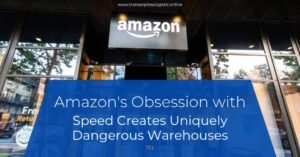

ROAD FREIGHT LOGISTICS
Road freight logistics solutions involve the transportation of goods by trucks over land. It’s a crucial aspect of supply chains, connecting businesses and consumers. Here’s a breakdown:
At Trans Express Logistic., we recognize that reliable land freight forms the critical link in your supply chain, connecting manufacturing facilities, distribution centers, and end customers with precision and efficiency. Our extensive ground transportation network spans North America, offering tailored solutions that combine operational excellence with cutting-edge technology to keep your goods moving seamlessly across highways and borders.

Trans Express Logistic. provides a complete spectrum of ground transportation services designed to meet diverse shipping requirements. Our Full Truckload (FTL) service offers dedicated trailer space for shipments requiring exclusive capacity, ideal for large-volume orders or time-sensitive deliveries. For smaller shipments, our Less Than Truckload (TEL) solutions provide cost-effective alternatives by consolidating freight from multiple customers into single trailers, optimizing both space and cost efficiency.

We specialize in temperature-controlled transport for perishable goods, utilizing advanced reefer units with real-time monitoring to maintain strict climate conditions throughout transit.Navigating international borders demands specialized knowledge and meticulous preparation. Our cross-border land freight services between the U.S., Canada, and Mexico are supported by customs brokerage teams fluent in regional trade regulations.
LOGISTICS UPDATE NEWS



Technology, Innovation Drive Warehouse Safety
